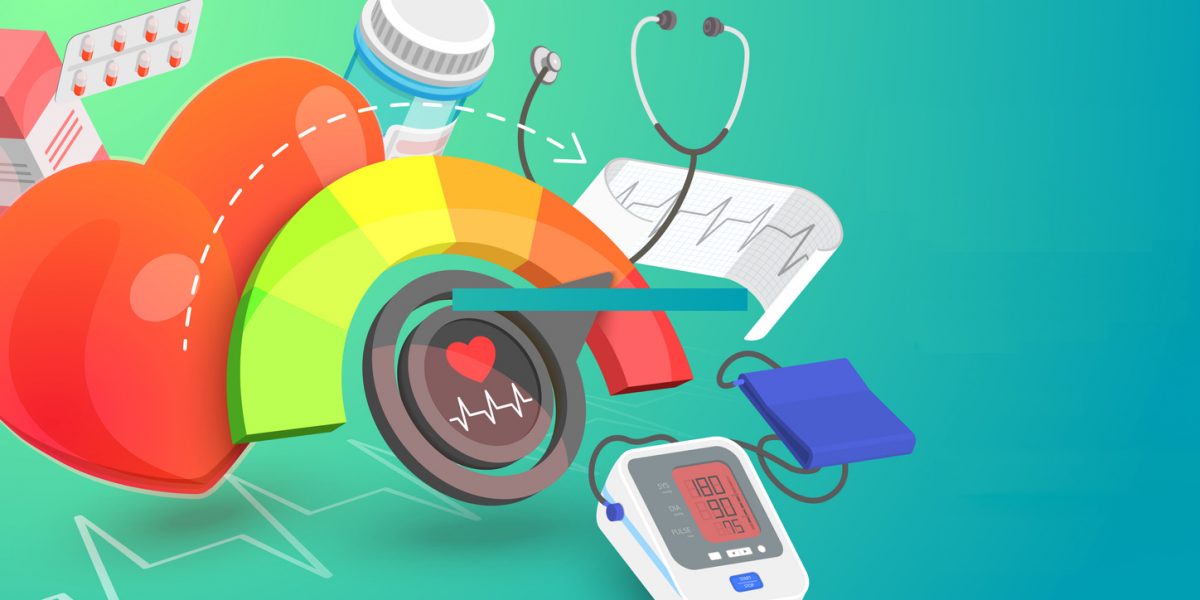Objective: To examine the relationship between presence of metabolic syndrome and the risk of coronary heart disease (CHD) events(angina pectoris, myocardial infarction, andsudden cardiac death) in patients treated withsecond-generation antipsychotic medications.
Method: 367 adults treated with second-generation antipsychotics randomly selectedfrom consecutive psychiatric admissions to a single hospital between August 1, 2004, and March 1, 2005, underwent assessments evaluating the presence of metabolic syndrome. The 10-year risk of CHD events was calculated according to the Framingham scoring system for age, smoking, total cholesterol, high-density lipoprotein (HDL)-cholesterol, blood pressure, and history of diabetes and was compared in patients with and without the metabolic syndrome.
Results: Metabolic syndrome, present in 137 patients (37.3%), was associated with a significantly greater age- and race-adjusted 10-year risk of CHD events, i.e., 11.5% vs. 5.3% for men (risk ratio = 2.18, 95% CI = 1.88 to 2.48, p < .0001) and 4.5% vs. 2.3% for women (risk ratio = 1.94, 95% CI = 1.65 to 2.23, p = .0005). The increased risk of CHD events in patients with metabolic syndrome remained significant after the exclusion of diabetic patients. In a logistic regression analysis of variables independent of the Framingham scoring system, triglyceride levels (p < .0001), waist circumference (p = .035), and white race (p = .047) were significantly associated withthe 10-year risk of CHD events (R2 = 0.134; p < .0001).
Conclusions: These data confirm thehigh prevalence of metabolic syndrome inpatients receiving second-generation antipsychotics, indicate that metabolic syndromedoubles the 10-year risk of CHD events in this population, and emphasize the importance of the “hypertriglyceridemic waist” for the identification of psychiatric patients at high risk of CHD.
Please sign in or purchase this PDF for $40.00.




